
Using the Color Wheel to select eyeshadow shades for your eye color
The key to determining which shades are just right for your eye color is the Color Wheel! You can make your eyes "pop" with complementary colors across the color wheel or use monochromatic shades within the same color family for a more natural look. Once you understand the reasoning behind this method, you will never again wonder what to put together for your next eye makeup look! Our first task... determining your eye color! Even brown eyed girls have flecks in their iris that reveal additional shades for us to work with. Let's get started
Let's create the best eyeshadow palette for your eye color!
I'd love to give you my free guide, 12 Tips for Perfect Eye Shadow Application. It's the perfect addition to this week's blog topic. Just click the link above to claim your FREE copy!

Global statistics reveal that selecting eyeshadow shades is something most women find difficult. Let's take away the hard part by referring to a color chart (color wheel) to see what your best options are.
But before we can check out the color wheel, we have to know what your eye color is!
What is your eye color?
Brown
Brown eyes are the most common and are a combination of all three primary colors, making them neutral. Therefore brown eyes can wear any shade. (But so you don't feel left out, check out the undertones or flecks of your eyes to help find your complementary shade.)
Blue
Blue eyes run a spectrum of green-blue shades to pale blue to deep blue and even indigo. Consider the undertone of your eyes as you look at your irises.
Hazel or Gray
Hazel and gray eyes are unique in that that are really a combination of colors. Look closely at your iris and determine the undertone of your eye color or see if you have flecks of a particular color.
Generally speaking, hazel eyes will have a dominant shade such as gold, blue, brown, or green.
True gray eyes are a neutral color and, similar to brown eyes, can wear any shade of eyeshadow.
Amber
Amber eyes always have a gold undertone with no variation.
Green
Green eyes, similar to blue, can be warm yellow/green all the way to aqua or turquoise green.
Stats
brown - 80% of the world's population have brown eyes!blue - 10% of the world's population have blue eyeshazel - 5% have hazel eyes, which isn't a color as much as a combination of colorsamber - one of the rarest eye shades (and without statistical data on worldwide percentage); true amber eyes have no other undertone gray - only 3% of the world's population have gray eyes which are often confused with blue eyesgreen - the rarest shade; only 2% of the world's population have green eyes
Complementary or Monochromatic
When considering eyeshadow selection based on your own eye color, you can go one of two ways. You can choose complementary colors, which will make your eyes "pop" and draw attention to them, or monochromatic shades in the same color family as your own eye color, but slightly lighter. This is a more subtle, natural look.
Complementary Colors
Complementary colors are directly across from one another on the color wheel
To determine complementary colors, simply refer to a standard color wheel. The color exactly opposite of your eye color is the perfect complementary shade. Orange is directly across from blue, which means coppery, warm browns, and tawny shades look amazing on blue eyes. If your eyes are warm green wit00h some yellowish hues, your direct opposite is purple. But if they are more blue-green, you want to add more red, bringing it closer to burgundy/brown.

Suggested complementary shades according to eye color
We aren't the first group to analyze this, so here are some tried-and-true recommended eyeshadow shades for the most common eye colors.
Brown eyes
All purple shades
Navy
Jewel Green
Blue eyes
Golden Peach
Copper/Orange
Brown/Terracotta
Green eyes
Pink/Mauve
Plum
Burgundy
A few more thoughts on shade selection...
Light and Shimmery Shades are great for highlighting inner corners of eyes and along brow bones or blended with other colors for illuminating effects.
Balanced shades are great for a seamless look. When in doubt, stick to one bold color and mix it with neutrals for color balance. Then, blend!
Vibrant Shades add a fun touch to eye color and can be worn all over eylids or just as accents.
Deep and dark shades work best as accent colors in eye creases, along lashlines and for smoky eye effects.



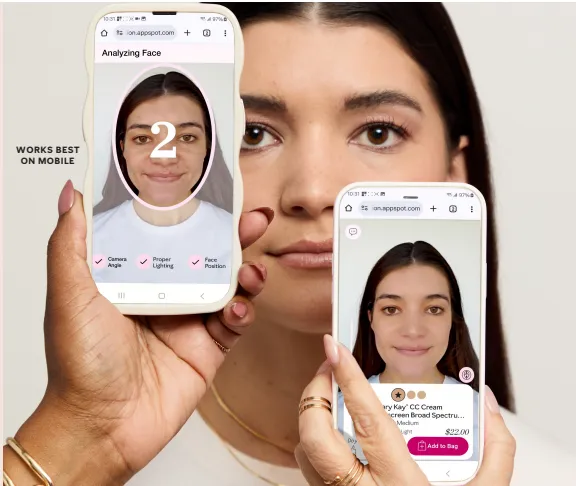
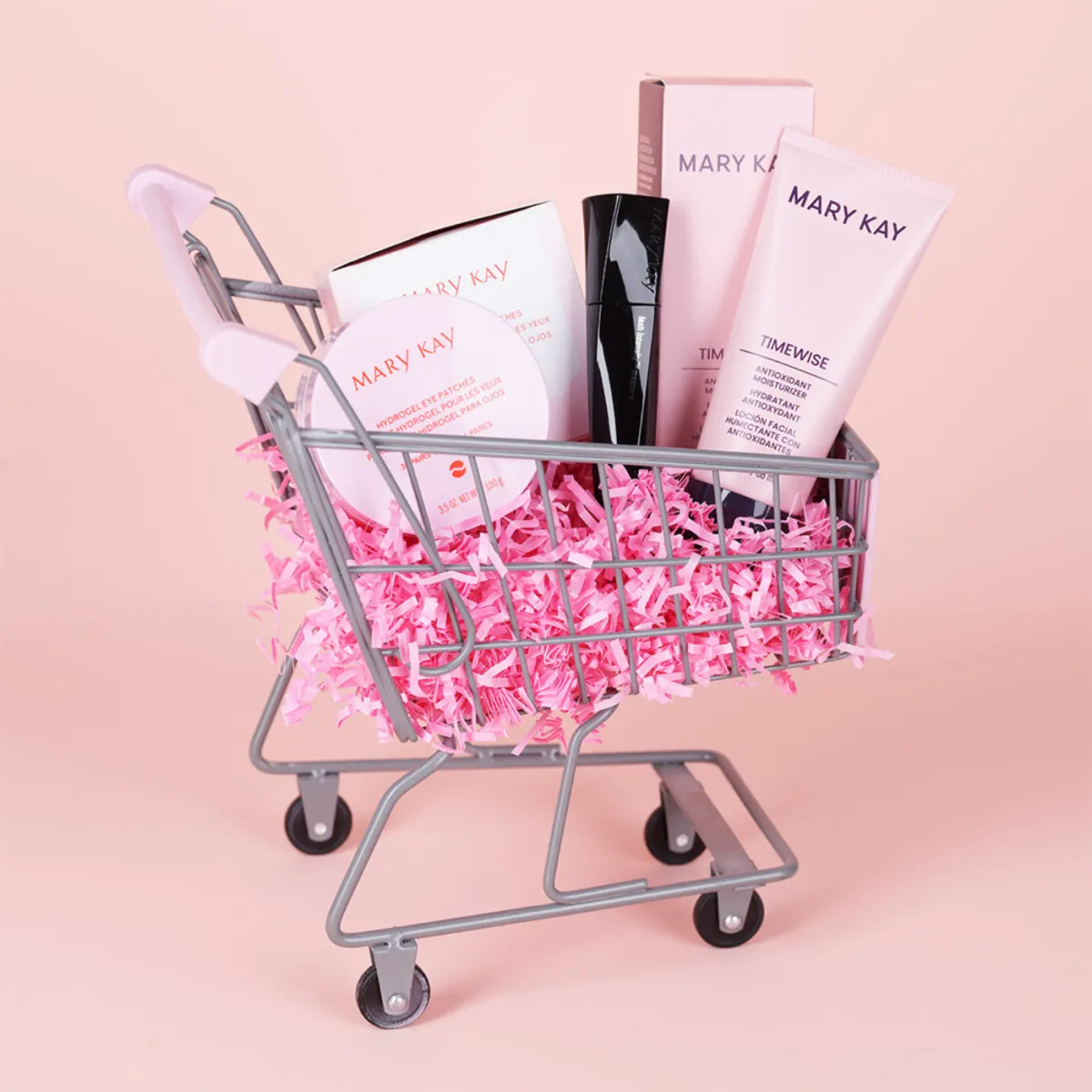
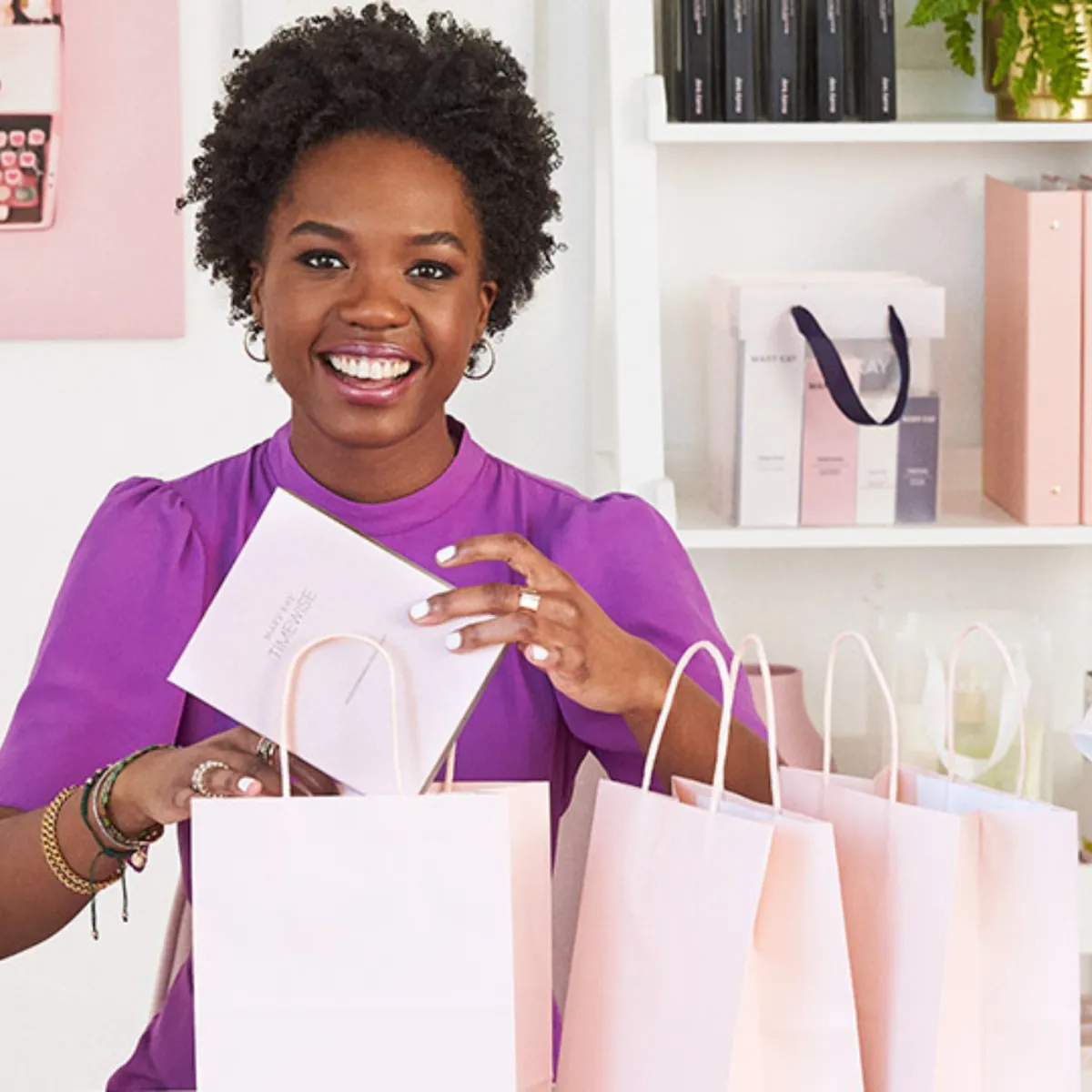
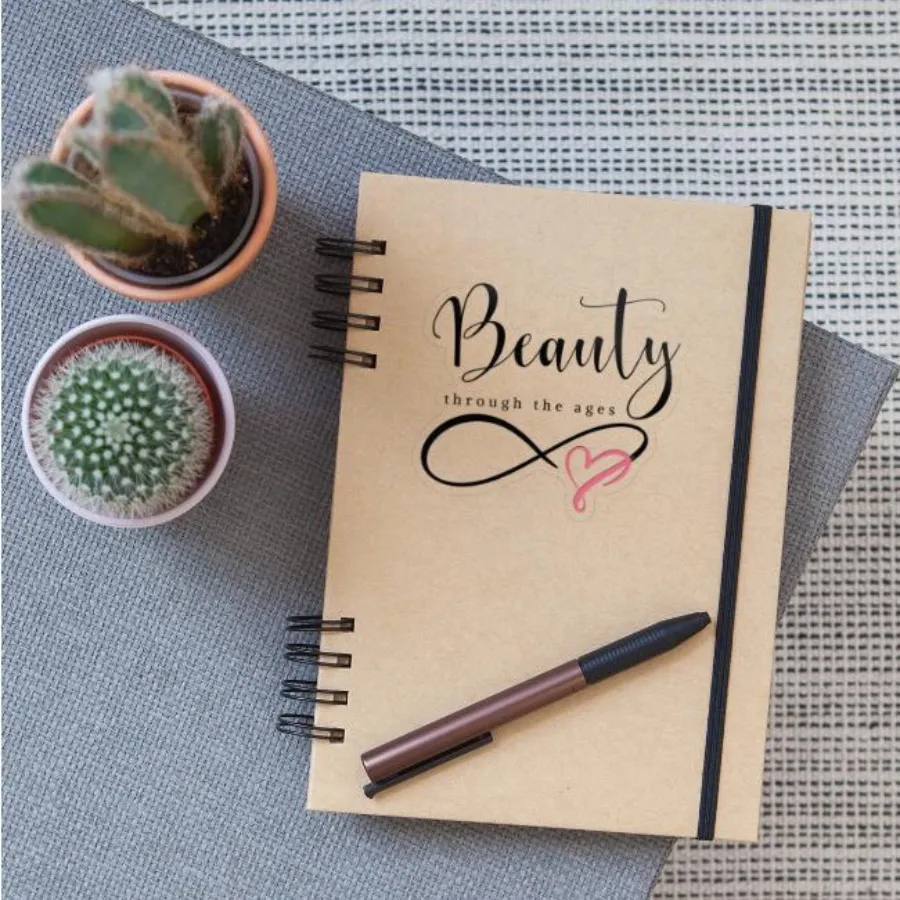
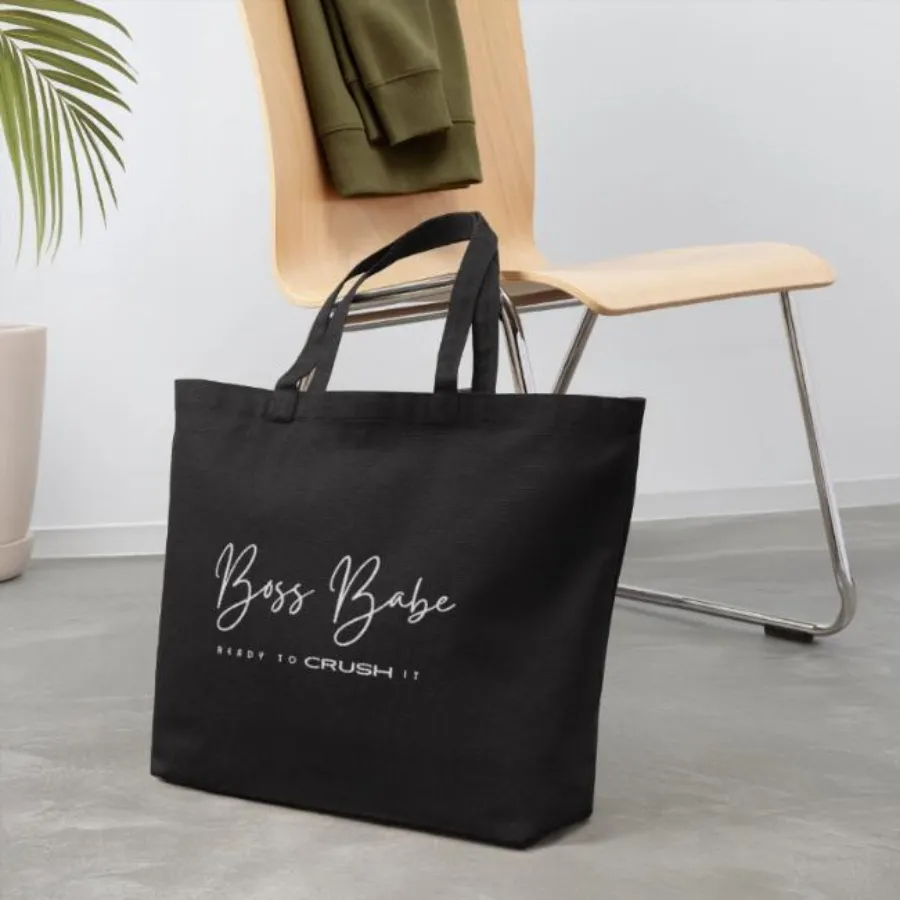


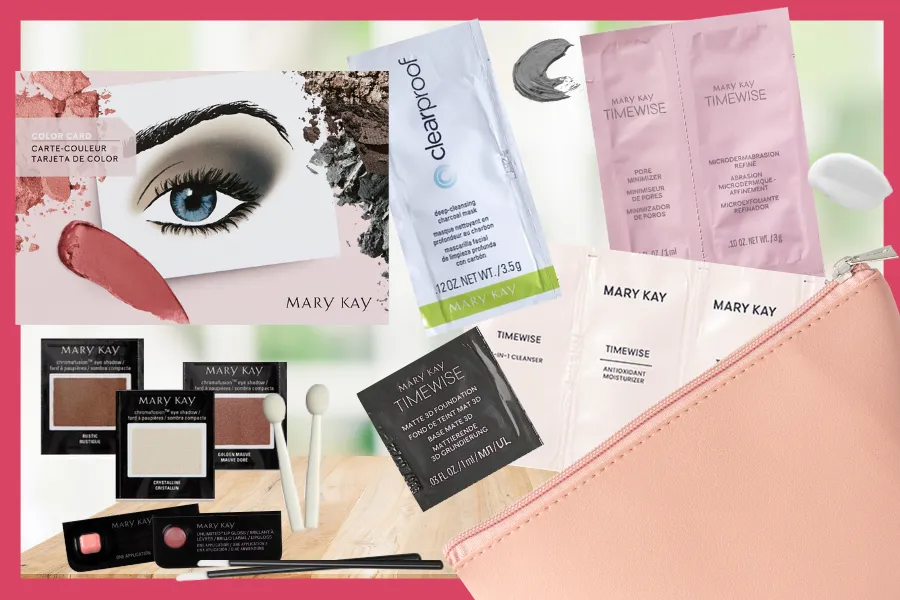


Facebook
Instagram
LinkedIn
Youtube
TikTok
Pinterest